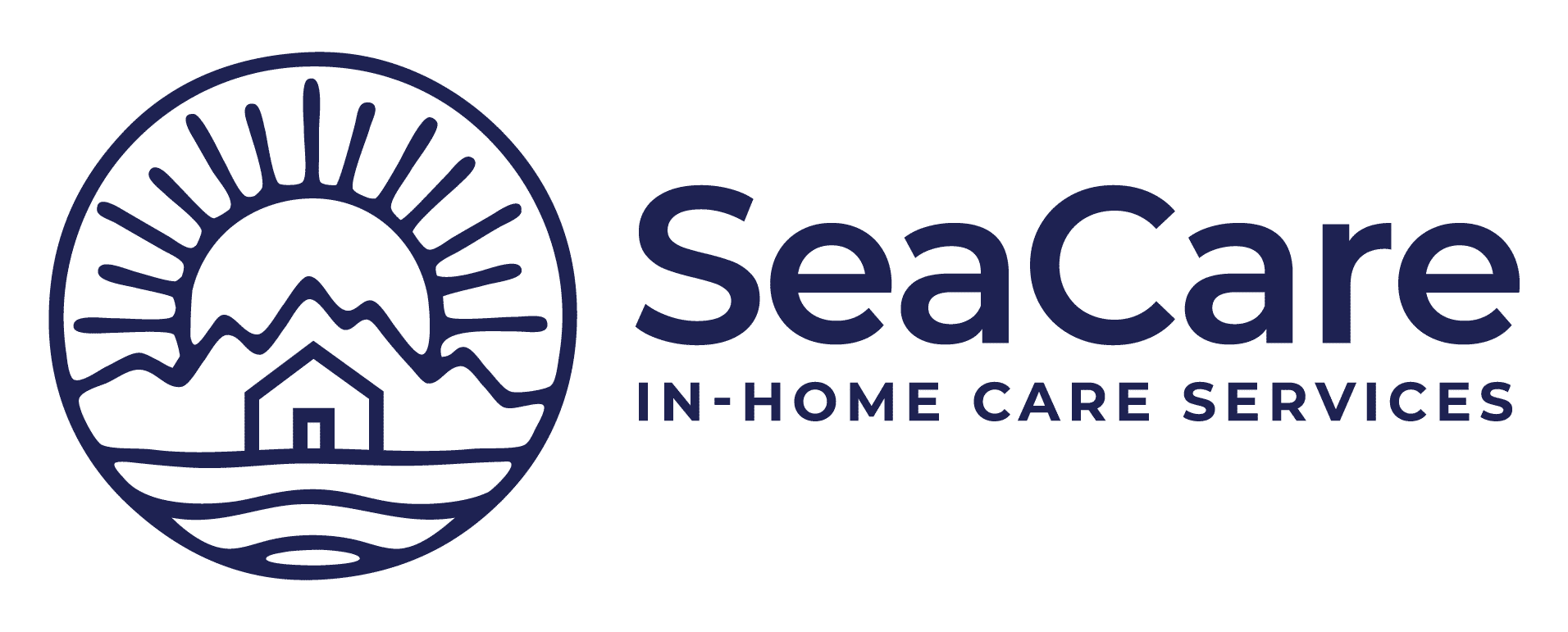Read for your well-being: An early winter booklist for older adults
by Katie Wright | Nov 30, 2021 | recommended senior reading, winter blues | 0 Comments

The winter solstice happens soon.
It’s time to embrace our Pacific Northwest cloud cover and early nightfall — a welcome sign to slow the holiday pace, get cozy, and dig into some good books.
The end of the year can stir feelings of nostalgia and loneliness for many older adults. Reading is one perfect antidote. It sparks our neural connections, allows us to travel to different places and times, and passes the time in a meaningful way.
Reading helps temper the urge to hibernate and isolate.
I’ve been in a small book club for nearly 20 years. In my travels and random conversations, I’ve learned that many people my age — particularly women — have been part of a book club.
As I age I realize more and more how this little part of my life ticks some important boxes on my good-health checklist. We enjoy a potluck meal, a catch-up session on each other’s lives, and an often-animated discussion about our book choice. We meet once a month and we’ve come to agree that it’s a gathering we never want to miss.
For older adults interested in joining a book group, the King County Library System offers online options. Even if you don’t join a group, you can learn what they’re reading and find some good recommendations.
It’s fair to say my club compadres and I have discussed around 250 books over the years. From novel to memoir to non-fiction, Pulitzer Prize and National Book Award winners, debut works to classics, we’ve read, critiqued, and loved or panned each of them. When we disagree about whether we like a book, the conversation tends to get lively. Defending our opinions sparks our imaginations and allows us to really think about — and make a point of remembering — the salient qualities of what we’ve read.
My friends and I agree that brightening our days by reading, learning, and expanding our world through good books can be a lifesaver.
Author and psychotherapist Lori Gottlieb routinely prescribes books — often novels or memoirs — to her patients. She refers to this as bibliotherapy because it can help provide insight into a patient’s problem that they’re having a difficult time working through. She writes about this practice in a 2020 New York Times essay.
To learn more about the health benefits of reading, check out this SeaCare blog. Curling up in a cozy spot to read is also a form of hygge, which is very loosely translated from Danish as the creation of a warm atmosphere. Read this SeaCare blog about hygge for an immediate sensation of coziness.
Here is a short, early winter reading list. All are available through the King County and Seattle Public Library systems.
A few of my favorite books and why you should read them
Here are a couple of novels my book club has read along with two non-fiction books I was drawn to after hearing the authors interviewed. There’s something compelling about hearing the author talk about why they wrote the book, and this has led to some of my favorite reads.
We have a rich literary scene in the Seattle-King County area. It’s not unusual to have authors make one of our many bookstores a stop on their promotional tours. Hearing authors speak to small audiences in this way gives us a unique opportunity to listen to often lively question-and-answer sessions that offer additional insight into their books.
The Seattle Arts & Lectures (SAL) series brings prominent authors to town and provides both in-person and online viewing options.
The Seattle Public Library offers Seattle Reads, a city-wide book group. Every year the program features a book and encourages readers throughout the city and county to read and discuss it. Readers are invited to a virtual program with the author in the fall of each year.
Their Eyes Were Watching God – Zora Neale Hurston (fiction, 1937)
A friend gave me a copy of this book back in the early 1990s, not long after the 50th-anniversary edition of it came out. I recently re-read it with my book club group and our discussion brought a new perspective to this story that many hail as a classic.
What it’s about: This novel is part of an unusual genre — I classify it as a feminist romance novel, somewhat radical in its expression of self-determination. It’s set in the early 20th-century south and revolves around young Janie and her rapid coming of age. She’s a Black woman striving to find herself amidst 2 difficult marriages, her natural free spirit, and her refusal to accept a life lived according to someone else’s terms.
Why you should read it: It’s both challenging and engaging due to the author’s use of dialect interspersed with third-person narrative. The importance of Hurston’s personal journey as an author is worth knowing, and is summarized in newer editions of the book by Professor Henry Louis Gates, Jr. A prolific, award-winning author, Hurston slipped into relative obscurity for many years following her book’s arrival on the literary scene. The story of the book’s rediscovery by author Alice Walker (The Color Purple) is fascinating and has helped Hurston’s book to emerge as a jewel of the Harlem Renaissance in the more than 80 years since it was published.
Read more about Zora Neale Hurston in Henry Louis Gates Jr.’s New York Times essay HERE.
Deacon King Kong – James McBride (fiction, 2020)
I first read this book a year ago and recently recommended it to my book club friends. Re-reading it was a delight, as I discovered nuances and story details I missed the first time around. It’s so good, it’s worth reading again.
What it’s about: It’s a wonderfully-woven tale of a 1960’s Brooklyn public-housing neighborhood. The stories of its diverse residents revolve around the book’s main character – Deacon Cuffy Lambkin, affectionately known as Sportcoat – a widower who argues with his wife’s ghost. In a mid-day drunken fog, he shoots and wounds a young drug dealer, which sets this tale of inner-city mobsters, cops, crooks, and church folk in motion.
Why you should read it: First and foremost, it’s a rollicking good time. You’ll find humor in nearly every scene alongside bits of violence, compassion, love, and adventure. The story involves several colorful personalities whose lives intersect in both surprising and satisfying ways. McBride is a master of dialogue and character development, and he skillfully evokes the spirit and place of his story. His writing carries you with its rhythmic cadence that by turns races with excitement and then ambles along. It’s worth every minute.
Beginners: The Joy and Transformative Power of Lifelong Learning – Tom Vanderbilt (non-fiction, 2021)
What it’s about: Journalist Tom Vanderbilt invites us to experience the happiness of being a beginner. He introduces his theory by relating his own “aha moment” stemming from an invitation to demonstrate a skill to his daughter’s first-grade class. He formulates a plan to learn some new skills — skills that require him to be a beginner and start from square one. As he takes us on his journey, he reminds us that the goal is not mastery of a new skill, but rather finding joy in the learning process and becoming more open to new experiences as a result. The author makes a point of discussing how this practice is increasingly beneficial the older we get because skill learning is additive — as we become better at some tasks, we also improve cognitively.
Who should read it: This is a particularly important book for those of us who feel like we’re not experiencing enough fun in our lives. The concept of being a beginner is based on looking a little foolish, stepping into new territory, enjoying the ride, and how this brings new meaning to our lives.
Why you should read it: First of all, it’s a lot of fun to read. It may inspire you to learn something new, which is an excellent treat for your happiness and the health of your brain. It’s clever and full of insights that will make you take stock of your own openness to learning. Vanderbilt has done his research and cites studies to back up every claim of how being a beginner is a meaningful experience.
Together: The Healing Powers of Human Connection in a Sometimes Lonely World – Vivek H. Murthy, M.D. (non-fiction, 2020)
I first encountered Murthy’s book after hearing him interviewed. His emphasis on loneliness as an epidemic interested me and you can read more about what I learned in a recent SeaCare blog.
What it’s about: Murthy, the United States Surgeon General, believes a major public health crisis is loneliness. He refers to it as an epidemic and describes how it affects people of all ages, genders, races, and life circumstances. Early in his term, his travels around the country to hear what people were most concerned about revealed that loneliness was an underlying symptom of many chronic diseases and addictions. He learned of the negative stigma people attach to the term — how admitting loneliness is regarded as a failure of sorts, suggesting the person is not likable. The book describes how relationships are so intricately tied to our health, and how lack of connections impacts physical, mental, emotional, and also cognitive health.
Why you should read it: It’s a very readable book about a serious problem. Murthy includes stories about the people he encounters, alongside research to back up his notions of how this epidemic can be tamed. He offers thoughts on how finding connections, promoting kindness, practicing mindfulness, and decreasing screen time are antidotes to loneliness.
At SeaCare, we understand the value of staying engaged during the winter months. Contact us to learn about our customized approach to quality care for your loved ones.
Katie Wright writes about aging and senior wellness from Bellingham, WA. You can read more about her here.
If you or a loved one you know are looking for additional support during this time and are interested in scheduling a free in-home assessment, please contact SeaCare In-Home Care Services today! A SeaCare family member is standing by. 425-559-4339.



0 Comments